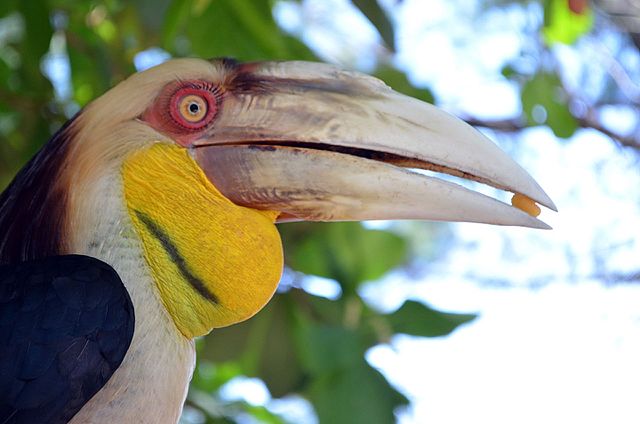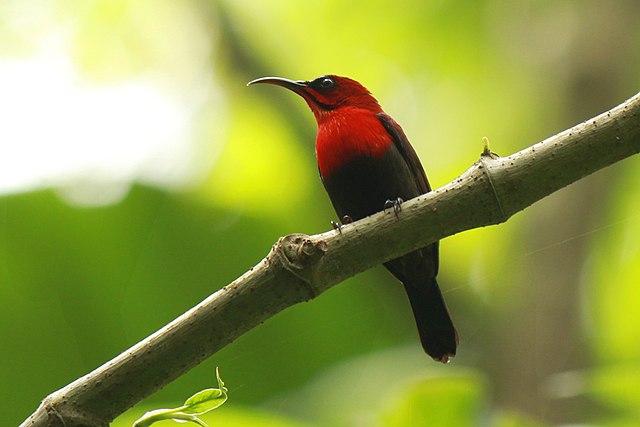
On January 18, the Thammasat University Faculty of Sociology and Anthropology welcomed three international lecturers at a seminar held on the Tha Prachan campus, Science and Technology Studies Across the Region. The specialists in Southeast Asian anthropology were Assistant Professor Jenna Grant and Professor Celia Lowe, both of the University of Washington, USA, and Professor Suraya Afiff of the University of Indonesia. Introducing the guest experts, Professor Anusorn Unno, dean of the TU Department of Sociology and Anthropology, pointed out that he had spent years in graduate studies at the University of Washington, where his advisor was Professor Lowe. Dean Anusorn commented on the “three distinguished scholars” and indeed, all three had just arrived in the Kingdom from participating in the 7th International Conference on the History of Medicine in Southeast Asia (HOMSEA 2018) held in Vientiane, Lao People’s Democratic Republic (LPDR) from January 15 to 17. Professor Lowe, who spoke on Viral Ethnography: Metaphors for Writing Life, is professor of Anthropology and International Studies and director of the Southeast Asia Center at the University of Washington. Her university homepage explains that Professor Lowe’s
work in Indonesia concerns the travels of scientific knowledge, expecially biological knowledge, between EuroAmerica and Southeast Asia. Her first book, Wild Profusion: Biodiversity Conservation in an Indonesian Archipelago, published by Princeton [University Press] in 2006, examined the role of Indonesian conservation biology in the creation of a new national park. She is currently working on a book on the recent H5N1 avian influenza outbreak in Indonesia and is interested in the way new forms of biosecurity and risk were in play in relation to the disease. She contributes to work in the fields of science and technology studies, the environmental humanities, and Southeast Asian studies.
Dr. Grant began her remarks by noting that most of her work was done in Cambodia in Phnom Penh, the nation’s capital located at the junction of the Mekong and Tonlé Sap rivers. Her presentation, Fixing the Machine: Humans Caring with and for Technologies, addressed how technology becomes a way to develop a nation and “modernize.” Ethnographic study of technology – ethnography is the systematic study of people and cultures – reveals that people have different attitudes on the subject. Sometimes they feel that technology can improve life, while other times they think it makes things worse. In the field of medicine, technological improvements may give some observers the idea that doctors only rely on tests, instead of traditional methods of healing such as examining patients. She mentioned the example of magnetic resonance imaging (MRI), a technique used in radiology to obtain pictures of the anatomy. She cited the book, Imperial Technoscience: Transnational Histories of MRI in the United States, Britain, and India. Its author, Associate Professor Amit Prasad of the University of Missouri, teaches courses on sociological theories, globalization, and sociology of science, technology and medicine. Dr. Grant noted that among the points of this study is that the West is often seen as the source of technology, even when, as in the case of MRI technology, the innovation was codeveloped in India as well as the United States and the United Kingdom. One ongoing issue with technology is that nations lacking technology are seen as lagging behind others. Just the other day, Cambodia opened its first national cancer center. The new facility was built with the support of the International Atomic Energy Agency (IAEA). The Techo Santepheap Centre, located at the Calmette Hospital in Phnom Penh, adds to national healthcare resources. Previously, Cambodia only had one radiotherapy machine. Dr. Grant mentioned another book, Survivor for the Surviving. It is by Dr. My Samedy, former Secretary General of the Cambodian Red Cross, who trained Khmer Rouge teenagers in radiology, his medical specialty, at a time of great crisis in his nation. Dr. My Samedy, who died in 2012 at Calmette Hospital at age 89, worked to rebuild health care in Cambodia after the destruction of the Khmer Rouge. He was asked to repair X-ray machines in a military hospital. Dr. My Samedy also expressed the view that in medicine, technology has replaced doctoring skills of observation and touch, as well as listening to patients. In this way, technology has taken the place of a multi-sensory approach to being a doctor, using touching, asking, and listening as diagnostic skills. An expert in technology, he was not suggesting that technology be abandoned, but that training needed to be improved.

The next lecturer on Science and Technology Studies (STS), Professor Suraya Afiff, also investigated the relationship between scientific knowledge, technological systems, and society. She spoke on New Attitudes: Young Indonesians Viewing Wildlife. Professor Afiff examined the role of social media in wildlife preservation. Involved in nature preservation for thirty years in her homeland, she noticed the increased use of Facebook and Instagram postings of wildlife observation. She studied the effects of this use on social, political, and economic issues of conservation. She mentioned the example of the Barumun Nagari Wildlife Sanctuary. Located at Desa Batu Nanggar, Aek Godang, Kecamatan Batang Onang, Kabupaten Padang Lawas Utara, Sumatera Utara, Indonesia, Barumun Nagari was established to keep wild animals alive within a guarded, supervised area. The sanctuary was conceived by Syukur Alfajar (Sugenk) and Nyanaprathama Sakya (Suhu), an activist and an Indonesian Buddhist monk, respectively. Working to develop the ecotourism industry, Sugenk decided to plan a wildlife sanctuary with Suhu, who managed to convince a businessman who was a member of his Bodhicitta religious group to set aside part of the land he had purchased for this purpose. The monk had a deep interest in preserving the forest, but wanted to form a close connection with the villagers, not keep them out of the project. To develop the ecotourism project, they decided that elephants would attract attention. He managed to convince Indonesia’s Natural Resource Conservation Center (Balai KSDA or BKSDA) that six captive elephants suffering from malnutrition should be transferred to his preserve. Gibbons, tigers, and birds rescued by the government from wildlife trade, poaching, and other bad situations were also given new homes. Professor Afiff studied online photos and videos of the project, noting viewer comments that revealed perceptions and values of those people who had posted them. A welcoming ceremony was given to the elephants arriving at the park with a sprinkling of rice as a symbol of prosperity. One viewer asked why an elephant was chained. The explanation was posted that in Indonesia, captive elephants are always chained in government centers. The elephant in the photo had just arrived at the sanctuary, so he was still chained, but it was hoped that the project to unchain and rescue the mistreated elephant would succeed. At the chain-free rescue center for mistreated neglected elephants, the idea was that captive animals deserve to live in peace and dignity. Photos posted online showed that in interactions between human and elephants, care and contact can be as important as management issues. Those who posted about animal rights were mostly young people working in businesses not directly associated with conservation. Also many well-educated, independent middle class women were advocates of wildlife conservation. Women are very present in photos posted online of visitors to the sanctuary. Professor Afiff explained that social media is a form of imagined community, a concept innovated by Professor Benedict Anderson in Imagined Communities, a book which is in the collection of the TU Libraries. Recently a well-known elephant conservation expert from Chiang Mai visited the sanctuary, helping it to be better known internationally. Social media has played an increasing role in spreading support for wildlife conservation. People share the friendly experiences they have with wildlife, especially middle class people who are active users of social media in Indonesia today.
(All images courtesy of Wikimedia Commons)

